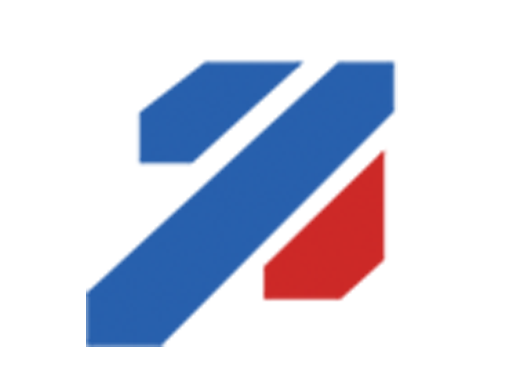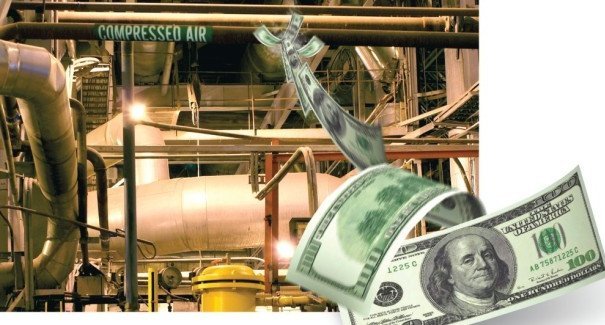91.BEING PROACTIVE IN COMPRESSED AIR LEAK PREVENTION
Last updated: 3 ก.พ. 2561 | 2755 จำนวนผู้เข้าชม |


There is a great deal of information written about leak management programs, but what about a more proactive approach?
Leaks in compressed air systems are expensive, detrimental to equipment, and time consuming to locate and repair. In Improving Compressed Air System Performance: A Sourcebook for Industry, the U.S. Department of Energy’s Office of Energy Efficiency and Renewable Energy reports that a single leak of 1/16-in. can cost $523 per year, while a 1/4-in. leak could cost $8,382 per year (calculated using an electricity rate of $0.05/kWh, and assuming constant operation and an efficient compressor).
Adjust that figure to your local usage rate, multiply by the number and size of leaks and the cost gets pretty high, adding up to thousands or even hundreds of thousands of dollars per year. Yet the solution is usually reactive: Only after the system is installed and in operation are leaks detected and fixed.
Leaks cause a pressure drop in the system, which decreases the efficiency of tools and other equipment that use the air. Less efficient tools translates to less efficient production. Equipment service life can suffer as a result of running the equipment longer, and maintenance time and costs may increase. Depending on the detection method and size of the compressed air system, finding and repairing air leaks can be time-consuming and costly. These issues make preventing leaks on the front-end a worthwhile goal.
In putting together or expanding compressed air piping, there are different methods available from using threaded pipe to joining systems. Joining systems are preferential as threaded systems can leak due to poor thread cuts, unclean threads, or improperly applied sealant. Plus over time, vibration or impact can weaken such threads. Press systems are flame free and fast with low installation costs and are popular as a result over other joining systems like welding.
Quality fittings, quick disconnects and so on, should be used that do not easily crack or break and consequently leak. Quality may cost more initially but the cost difference is more than made up by savings in lost compressed air through leaks.
Consideration should be made with automatic drains on filters to use zero loss drains minimizing losses especially in large facilities. There are now magnetic auto-drains that are relatively low cost that have zero loss that can be used for example.
With cylinders, is the rod packing worn? Any O-rings, seals missing?
When air tools, blow off nozzles, or other equipment using compressed is connected, sealant should be used and properly applied on cleaned threads to insure that no leaks occur. Tooling should be regularly checked for wear and tear and repaired on a scheduled preventative maintenance to prevent leaks in the tools.
With a proactive approach, doing a regular check for leaks using an ultrasonic leak detector is more of a pleasure. Not to find any or to find only a few leaks is better than finding many and then spending time to fix them, knowing that perhaps a great deal of money was wasted before they were found.
Leaks will always occur but a proactive approach can minimize their occurrence and save time (and cost) in repairs with the additional savings by never having lost compressed air in the interim.
Nex Flow Air Products Corp. prides itself in being proactive to not only solve customer compressed air problems but also to recommend and assist where they can to prevent problems from occurring.

